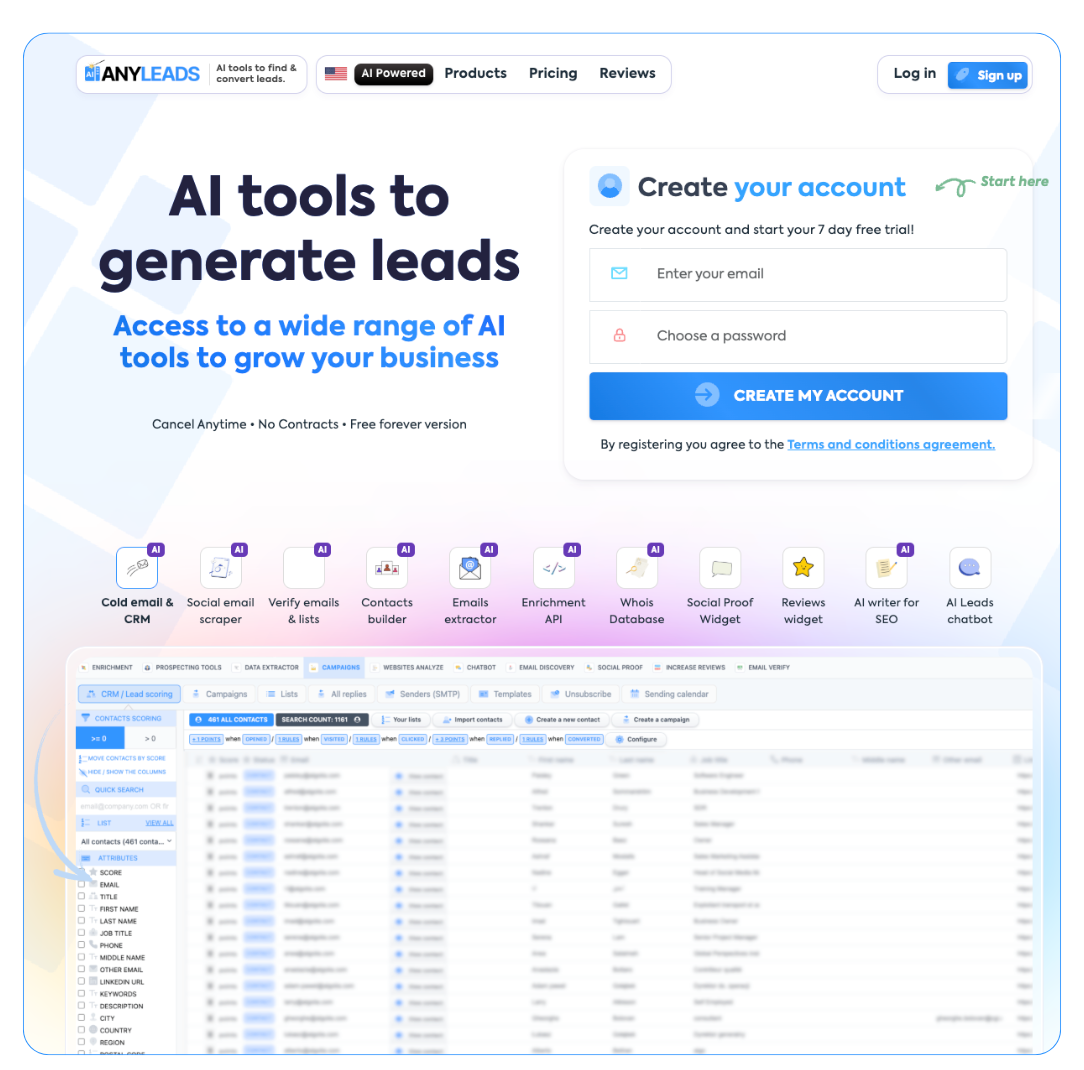 LIMITED SPOTS
All plans are 30% OFF for the first month! with the code WELCOME303
LIMITED SPOTS
All plans are 30% OFF for the first month! with the code WELCOME303

 LIMITED SPOTS
All plans are 30% OFF for the first month! with the code WELCOME303
LIMITED SPOTS
All plans are 30% OFF for the first month! with the code WELCOME303


You've optimized your website. You've added keywords. You've even tried that "one weird trick" from a marketing blog. Yet somehow, your competitors are still sitting pretty on page one while you're buried on page three, watching potential customers scroll right past you.
It's frustrating, I know. But here's the good news: your competitors aren't doing anything magical. They're just doing specific things consistently, and once you understand what those things are, you can catch up faster than you think.
Your competitors aren't just throwing content at the wall to see what sticks. They've committed to a consistent publishing schedule, whether that's one article per week or four per month. The key word here is consistent.
But it's not just about quantity. They're creating content that actually answers the questions their audience is asking. When someone searches "how to choose running shoes for flat feet," they're not getting a generic post about running shoes. They're getting a detailed guide that addresses that specific concern.
Here's what you need to do differently. Stop trying to rank for everything and start focusing on search intent. Before you write anything, ask yourself: what does someone searching this term actually want to know? Then deliver exactly that, with no fluff.
Create a content calendar for the next three months. Start small if you need to. Two quality posts per month beats eight mediocre ones every single time.
This is where a lot of businesses lose the race before it even starts. Your content could be amazing, but if your website takes seven seconds to load on mobile, Google's not going to reward you with top rankings.
Your competitors have likely invested time in fixing the behind-the-scenes issues that search engines care about. Their pages load in under three seconds. Their mobile experience doesn't require zooming and pinching. They've fixed those 404 errors that have been lurking in their site structure for months.
They're also using structured data to help search engines understand their content better. That's why they're showing up with those eye-catching rich snippets that include star ratings, FAQs, or product information right in the search results.
Here's your fix: run a comprehensive technical audit of your site. If you're not sure where to start, consider working with a Melbourne based SEO agency that can identify and prioritize the technical issues holding you back. Sometimes an outside perspective catches things you've been overlooking.
Focus on the big three first: site speed, mobile usability, and fixing any crawl errors. These foundational elements make everything else you do more effective.


Let's talk about backlinks, because this is where many businesses either give up or go down the wrong path entirely. Your competitors aren't buying sketchy link packages from Fiverr. They're earning legitimate links from websites that actually matter in their industry.
They're doing this by building real relationships. They contribute guest posts to industry publications. They get quoted in news articles. They create resources so valuable that other websites naturally want to reference them.
Think about it this way: if you published the most comprehensive guide to commercial solar panel installation in your region, local business websites and industry blogs would want to link to it. That's the kind of content that earns backlinks organically.
Your fix starts with digital PR. Reach out to journalists covering your industry using services like HARO (Help a Reporter Out). Identify websites in your niche that accept guest contributions. Create original research or data that others will want to cite.
Stop thinking of link building as a numbers game. One link from a respected industry website is worth more than fifty links from random directories.

Here's where most businesses make a critical mistake: they assume direct mail is dead. Meanwhile, your smartest competitors are using it to cut through digital noise and land directly in front of decision-makers.
Think about your own experience. When was the last time you actually paid attention to a promotional email? Now, when was the last time you looked at every piece of physical mail that arrived? Direct mail has a 90% open rate compared to email's 20-30%. Your competitors know this.
But they're not just sending generic postcards and hoping for the best. They're using direct mail integration platforms that connect their physical and digital campaigns. Here's how it works in practice:
A potential customer visits your competitor's website but doesn't convert. Three days later, they receive a personalized postcard with a specific offer related to what they viewed online. The postcard includes a QR code and personalized URL.
When they scan it or visit the URL, your competitor knows exactly who engaged and can follow up accordingly. The campaign is tracked, measured, and optimized just like any digital channel.
This integration creates a powerful feedback loop.
Your competitors can see which mail pieces drive website visits, which offers convert best, and which audience segments respond to physical mail. They're using this data to refine both their direct mail and digital strategies simultaneously.
The results? Direct mail campaigns integrated with digital tracking see response rates 3-5 times higher than digital-only campaigns.
For high-value B2B sales or premium consumer products, that physical touchpoint builds credibility that an email simply can't match.
Your fix: Start treating direct mail as part of your integrated marketing stack, not a separate channel. Use platforms that let you trigger mail based on digital behavior, track responses digitally, and coordinate messaging across channels. Test it with a small segment first—perhaps your highest-value prospects who haven't responded to digital outreach. You'll likely be surprised by the response.
Let's talk about backlinks, because this is where many businesses either give up or go down the wrong path entirely. Your competitors aren't buying sketchy link packages from Fiverr. They're earning legitimate links from websites that actually matter in their industry.
They're doing this by building real relationships. They contribute guest posts to industry publications. They get quoted in news articles. They create resources so valuable that other websites naturally want to reference them.
Think about it this way: if you published the most comprehensive guide to commercial solar panel installation in your region, local business websites and industry blogs would want to link to it. That's the kind of content that earns backlinks organically.
Your fix starts with digital PR. Reach out to journalists covering your industry using services like HARO (Help a Reporter Out). Identify websites in your niche that accept guest contributions. Create original research or data that others will want to cite.
Stop thinking of link building as a numbers game. One link from a respected industry website is worth more than fifty links from random directories.



Here's something smart competitors figured out: no single channel works in isolation anymore. They're building brand recognition across multiple touchpoints, which creates a compound effect that's greater than the sum of its parts.
When someone sees your competitor's search ad, receives their postcard, visits their website, and then sees their social media post—all within a week—that's not coincidence. It's orchestration. Each touchpoint reinforces the message and builds trust.
This multi-channel approach does something else important: it sends positive signals to search engines. When people search for your brand name specifically, that tells Google you're relevant. When they visit your website directly instead of only through search, that builds authority. Your competitors understand this, so they're meeting potential customers wherever those customers happen to be.
The businesses that diversify their traffic sources are also the ones who don't panic when Google updates its algorithm or postal rates change. They've built a stable foundation that doesn't rely on a single channel.
Your fix: Audit your current marketing mix honestly. Are you putting all your budget into one or two channels? Map out a customer journey that includes at least 4-5 touchpoints across digital and physical channels. You don't need to do everything, but you need more than one or two tactics working in isolation.
Catching up to your competitors isn't about doing everything at once. Pick one area from this article where you're weakest and commit to improving it over the next 90 days.
Maybe that's fixing your technical SEO issues. Maybe it's finally launching that content calendar you've been planning. Or maybe it's testing your first integrated direct mail campaign to reach prospects who ignore your emails.
The businesses outperforming you today started somewhere too. The difference is they started—and they didn't limit themselves to just digital or just traditional marketing. They used both.
Your turn.